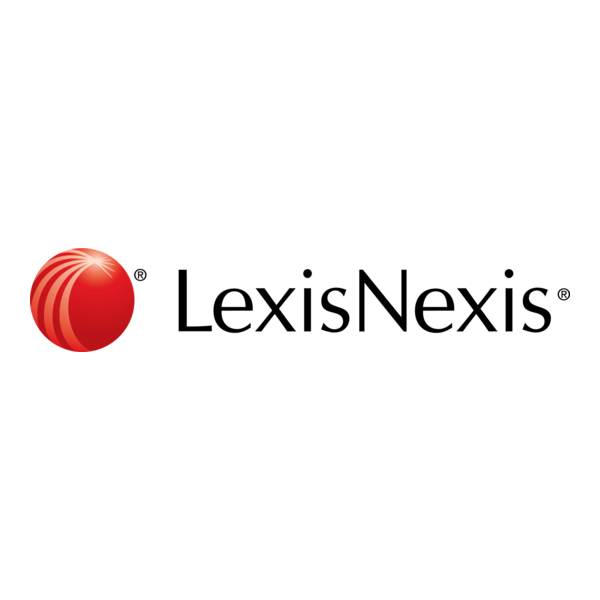
Lexis+ AI: Complete Buyer's Guide
Enterprise-grade legal research platform
Lexis+ AI is an enterprise-grade legal research platform that addresses the critical challenge of AI hallucination in legal work through proprietary Retrieval Augmented Generation (RAG) architecture with five validation checkpoints integrated with Shepard's Citations Service[46][64]. Built on LexisNexis's established legal database infrastructure, the platform targets mid-to-large law firms seeking to reduce citation verification risks while maintaining workflow integration with existing practice management systems.
Market Position & Maturity
Market Standing
Lexis+ AI occupies a dominant position in the enterprise legal AI research market, leveraging LexisNexis's established legal database infrastructure and 65% legal research market share claimed with Thomson Reuters[52].
Company Maturity
The platform represents a mature offering from a 150+ year legal information provider, providing buyer confidence in long-term viability and continued operation within the rapidly evolving legal AI landscape.
Growth Trajectory
Expanding customer base in the 50+ attorney firm segment[56][60], though specific revenue or customer growth metrics require verification.
Industry Recognition
Industry recognition includes independent validation through Forrester Consulting analysis documenting 344% ROI over three years[68].
Strategic Partnerships
Strategic partnerships include Microsoft 365 integration capability[54][60] and enterprise-grade security compliance through SOC 2 certification[61][64][69].
Longevity Assessment
The platform's comprehensive legal research integration approach positions it for continued market expansion as legal AI adoption accelerates, with 70% of clients preferring or accepting firms using AI tools[2].
Proof of Capabilities
Customer Evidence
Rupp Pfalzgraf's documented implementation provides comprehensive evidence of Lexis+ AI's capabilities in real-world legal environments. The firm achieved 86% attorney adoption within 18 months through systematic phased deployment: 8-attorney pilot expansion to 10 attorneys, followed by firm-wide rollout[69].
Quantified Outcomes
Quantified business outcomes include 75% reduction in motion drafting time and 10% increase in caseload capacity[69].
Case Study Analysis
Partner Chad Davenport documented specific efficiency gains: "Lexis+ AI found precedent in 30 minutes that took associates 100 hours"[69], while COO Dominick Muto reported insurance coverage opinion preparation reduced from 8 to 2.5 hours[69].
Market Validation
Enterprise adoption evidence shows 72% usage in firms with 100+ attorneys[39][56].
Competitive Wins
Performance validation includes 45% reduction in quote verification errors[46] and 40% research hour reduction post-implementation[68].
Reference Customers
Enterprise adoption evidence shows 72% usage in firms with 100+ attorneys[39][56].
AI Technology
Lexis+ AI's technical foundation employs proprietary Retrieval Augmented Generation (RAG) architecture with five distinct validation checkpoints designed to minimize hallucination risks in legal research queries[46][64].
Architecture
The platform's direct integration with Shepard's Citations Service provides inline citation validation that distinguishes it from generic AI tools lacking legal database integration[45][49].
Primary Competitors
Thomson Reuters CoCounsel and Westlaw Edge.
Competitive Advantages
Proprietary RAG architecture with five validation checkpoints and direct Shepard's Citations Service integration create technical differentiation in citation verification accuracy.
Market Positioning
Established leadership in legal information services with 65% legal research market share claimed with Thomson Reuters[52].
Win/Loss Scenarios
Win scenarios favor Lexis+ AI for mid-to-large firms (50+ attorneys) requiring comprehensive legal research platforms with enterprise security and validation capabilities[56][60]. Loss scenarios occur when organizations prioritize focused citation verification over integrated research platforms.
Key Features

Pros & Cons
Use Cases
Integrations
Featured In Articles
Comprehensive analysis of AI Citation Checking for Legal/Law Firm AI Tools for Legal/Law Firm AI Tools professionals. Expert evaluation of features, pricing, and implementation.
How We Researched This Guide
About This Guide: This comprehensive analysis is based on extensive competitive intelligence and real-world implementation data from leading AI vendors. StayModern updates this guide quarterly to reflect market developments and vendor performance changes.
143+ verified sources per analysis including official documentation, customer reviews, analyst reports, and industry publications.
- • Vendor documentation & whitepapers
- • Customer testimonials & case studies
- • Third-party analyst assessments
- • Industry benchmarking reports
Standardized assessment framework across 8 key dimensions for objective comparison.
- • Technology capabilities & architecture
- • Market position & customer evidence
- • Implementation experience & support
- • Pricing value & competitive position
Research is refreshed every 90 days to capture market changes and new vendor capabilities.
- • New product releases & features
- • Market positioning changes
- • Customer feedback integration
- • Competitive landscape shifts
Every claim is source-linked with direct citations to original materials for verification.
- • Clickable citation links
- • Original source attribution
- • Date stamps for currency
- • Quality score validation
Analysis follows systematic research protocols with consistent evaluation frameworks.
- • Standardized assessment criteria
- • Multi-source verification process
- • Consistent evaluation methodology
- • Quality assurance protocols
Buyer-focused analysis with transparent methodology and factual accuracy commitment.
- • Objective comparative analysis
- • Transparent research methodology
- • Factual accuracy commitment
- • Continuous quality improvement
Quality Commitment: If you find any inaccuracies in our analysis on this page, please contact us at research@staymodern.ai. We're committed to maintaining the highest standards of research integrity and will investigate and correct any issues promptly.